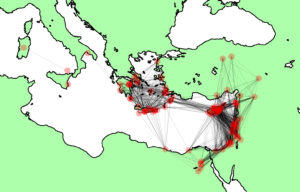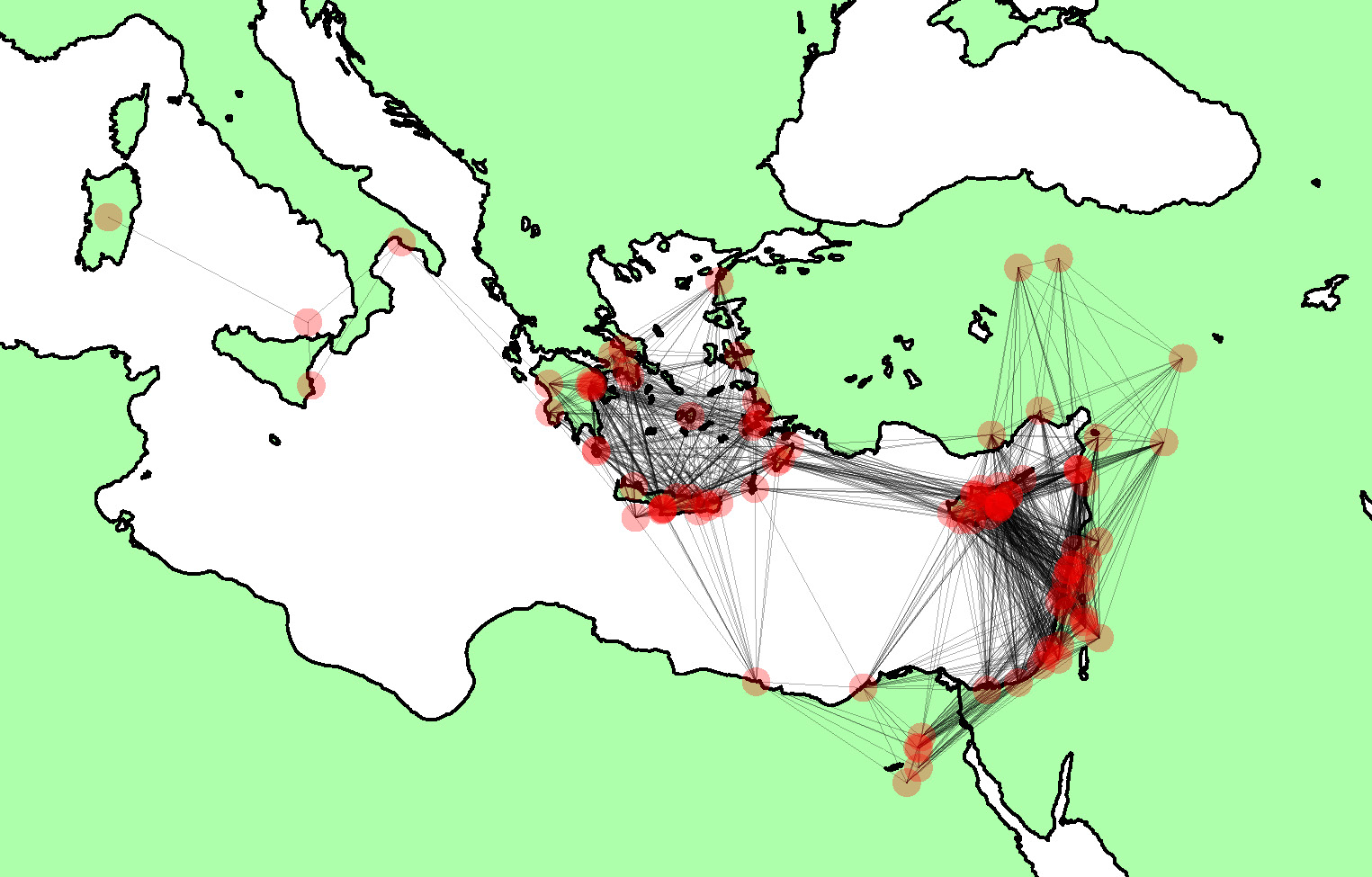Entangled Objects and Regional Interaction: A Network Approach to Mycenaeanization on Crete

My project examines the larger processes of Mycenaeanization in the Aegean, specifically on the island of Crete, during the Late Bronze Age. The presence of distinct Mycenaean and Mycenaean-like ceramics, exotica, burial and architectural practices at most sites on the island indicate a transformation of social practices and traditions during the Late Minoan (LM) II to III B period. With such evident regional variability in production, consumption and connectivity, the process of Mycenaeanization should be approached not as one monolithic event, but through an exploration of the variability present in the archaeological record, at a wide range of settlements.
In trying to untangle larger processes of Mycenaeanization, I aim to demonstrate that a local investigation of object networks better elucidates degrees of transformation in the material record. I compare two methods for approaching the study of object networks within a local setting: Ian Hodder’s theory of entanglement; and a network science informed approach for highlighting patterns and exploring entanglements in archaeological data. Both of these approaches are incorporated in a discussion of object networks with a specific focus on a database of ceramics from the site of Kommos, in southern Crete. This database will be expanded and augmented through the integration of other media in the discussion, such as vessels made of stone, precious metal, and various other exotica, for a more inclusive exploration of these relationships. My aim is to consider how such imports, local copies, hybrids, and regional reproductions of high value exotica, reflect not only distinct local practices of consumption at Kommos, but also tie in to larger Mediterranean wide transformations and emergence of an international style at this time.
